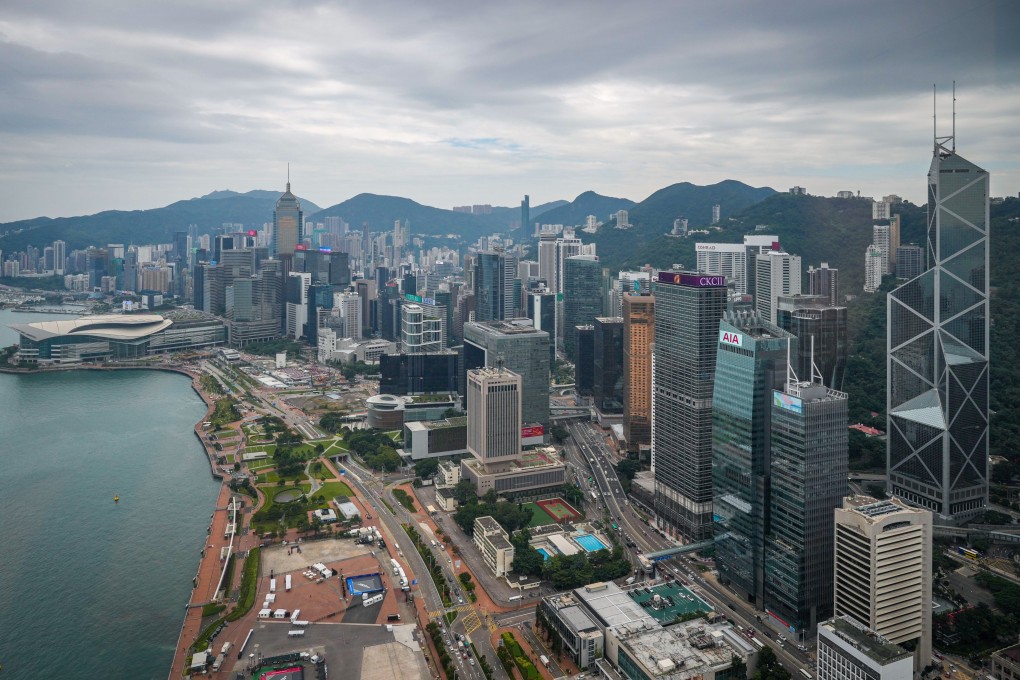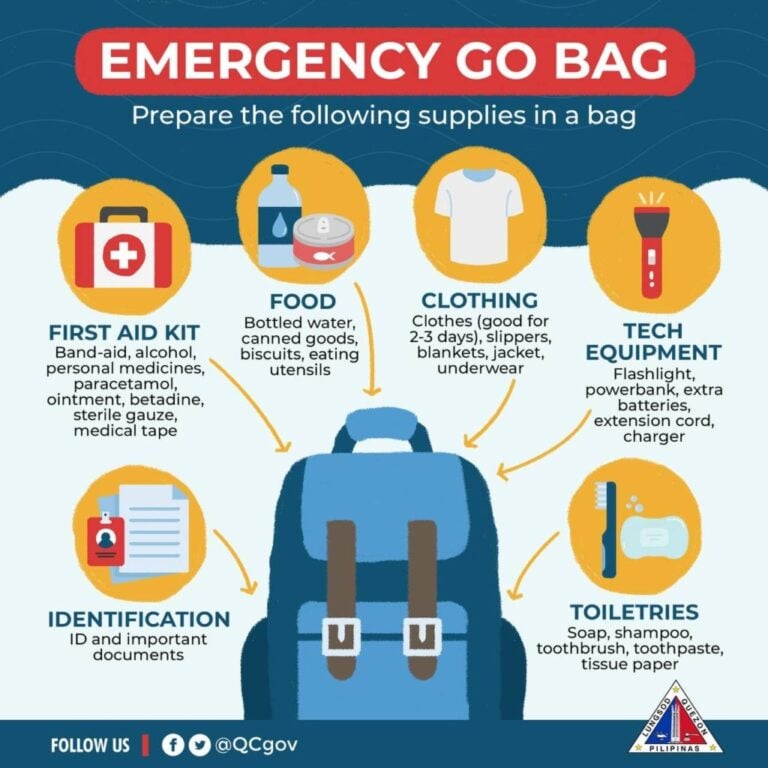Hong Kong’s Urban Resilience: Navigating Severe Weather Disruptions
When severe weather strikes, cities must demonstrate remarkable adaptability, and Hong Kong’s recent response to an intense rainstorm showcases precisely that resilience. On May 29, the city experienced a dramatic weather event that prompted significant public service adjustments, revealing a sophisticated system for managing urban disruptions.

The day began with the Hong Kong Observatory issuing a Black Rainstorm Warning at 9:10 a.m., signaling extremely severe conditions. Within just two hours, the warning underwent progressive downgrades—first to a Red Rainstorm Warning at 11:05 a.m., and then to an Amber Rainstorm Warning by 11:45 a.m. These rapid transitions marked the beginning of a carefully coordinated service resumption across multiple critical sectors.
The Hospital Authority emerged as a key player in managing the weather-related challenges. Recognizing the potential impact on patient care, they implemented a strategic approach to reopening medical services. General outpatient clinics, specialist outpatient clinics, and allied health services were set to reopen within two hours after the Black Rain warning’s cancellation. This methodical approach ensured that essential healthcare remained accessible while prioritizing patient and staff safety.
For patients whose appointments were disrupted, the Hospital Authority offered clear guidance. Those with chronic condition consultations or specialist appointments were advised to follow rescheduling instructions printed on their appointment slips. Individuals who had booked appointments through the telephone system or the “HA Go” mobile app could schedule new appointments just one hour after the warning’s lift.
The authority also demonstrated forward-thinking by anticipating increased medical service demand in the aftermath of the severe weather. They proactively increased staffing and enhanced service capacity to accommodate potential surges, showcasing a commitment to maintaining healthcare accessibility during challenging circumstances.
Simultaneously, the Transport Department implemented its own systematic response. Driving test and written test centers were scheduled to resume operations for appointments from 2:00 p.m. onward. Candidates with earlier bookings would receive individual notifications about alternative test dates. Vehicle inspection services offered flexibility by allowing individuals unable to attend during the warning period to reschedule for the following day.
What makes Hong Kong’s approach particularly noteworthy is the seamless coordination between meteorological monitoring and public service management. The Observatory’s timely updates on rainstorm warnings enabled precise, synchronized service resumption across different sectors. This approach minimizes public inconvenience and demonstrates a sophisticated urban management strategy.

The progressive service restoration reflects more than just administrative efficiency—it represents a broader narrative of urban resilience. In the face of unpredictable and potentially disruptive natural events, Hong Kong showcased an ability to adapt, communicate, and maintain essential services with remarkable precision.

For residents and observers alike, this event offers a compelling glimpse into how modern cities can effectively manage unexpected challenges. It’s a testament to systematic planning, clear communication, and a commitment to public service that transcends immediate weather-related obstacles.
As climate variability continues to challenge urban environments globally, Hong Kong’s approach provides a valuable model of responsive, organized emergency management that prioritizes public safety and service continuity.











